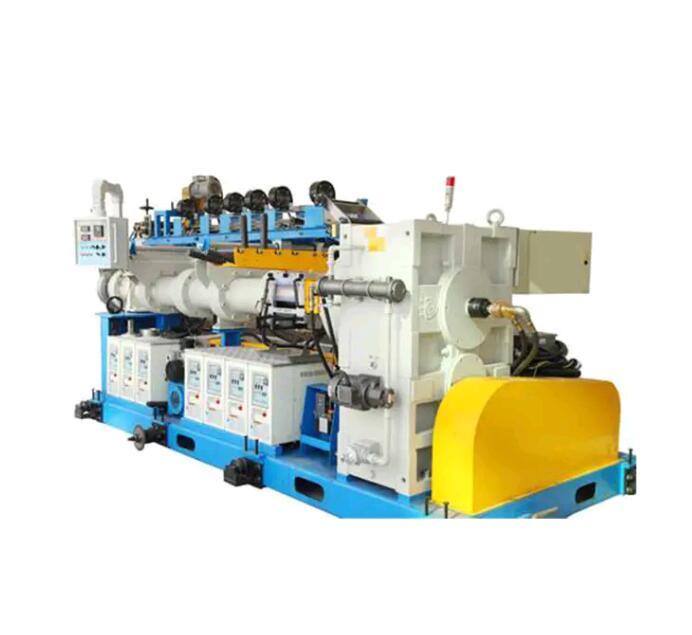The cold feed rubber extruder has played an essential role in the modern rubber processing industry, particularly in applications such as tire manufacturing, sealing products, and industrial rubber components. Among the various models available, the 150mm 16D/20D cold feed rubber extruder has experienced steady development to meet changing market needs and technological advancements.
Extrusion has long been a key method for shaping rubber materials. Traditionally, hot feed extruders were used, which required preheating the rubber compound before it could be processed through the machine. While effective, this method presented challenges such as inconsistent product quality, longer production cycles, and higher energy consumption.
To address these issues, cold feed extrusion technology was developed. By allowing raw rubber compounds to be fed directly into the extruder at room temperature, the cold feed process simplified production and improved consistency. The resulting machines also provided greater flexibility in handling a variety of rubber compounds.
The “150mm” designation refers to the diameter of the screw within the extruder. This size has proven particularly versatile for mid-scale production, balancing throughput with precision. The screw length-to-diameter (L/D) ratio — specified as either 16D or 20D — reflects how long the screw is relative to its diameter. This ratio influences the material’s mixing, shearing, and homogenizing processes as it moves through the barrel.

https://www.zjbaina.com/product/rubber-extruders-series/150mm16d-20d-extrude-machine.html
The system adopts forced circulation of media, and controls the temperature of each section independently in six units. Each unit is composed of a water pump, an electric heater, a temperature control instrument, a cooling water on-off solenoid valve, an automatic exhaust valve, a platinum thermal resistance, and an electrical contact pressure. Table (shockproof) and other components, the circulating water pump injects the medium (softened water) into the electric heater (the automatic exhaust valve discharges the gas in the system), flowsthrough the barrel, pipeline, the machine head, and the screw return to the suction port of the pump.